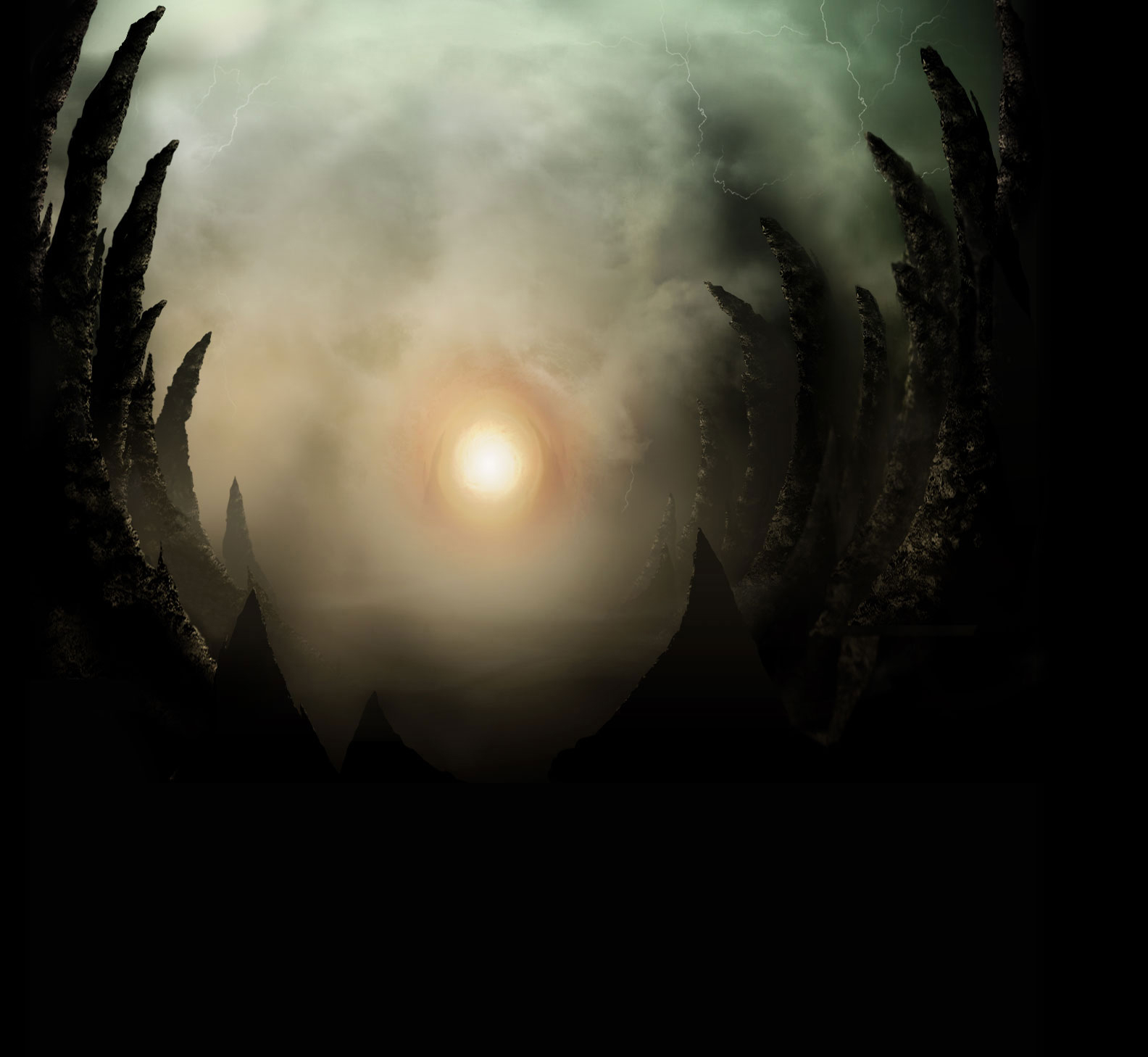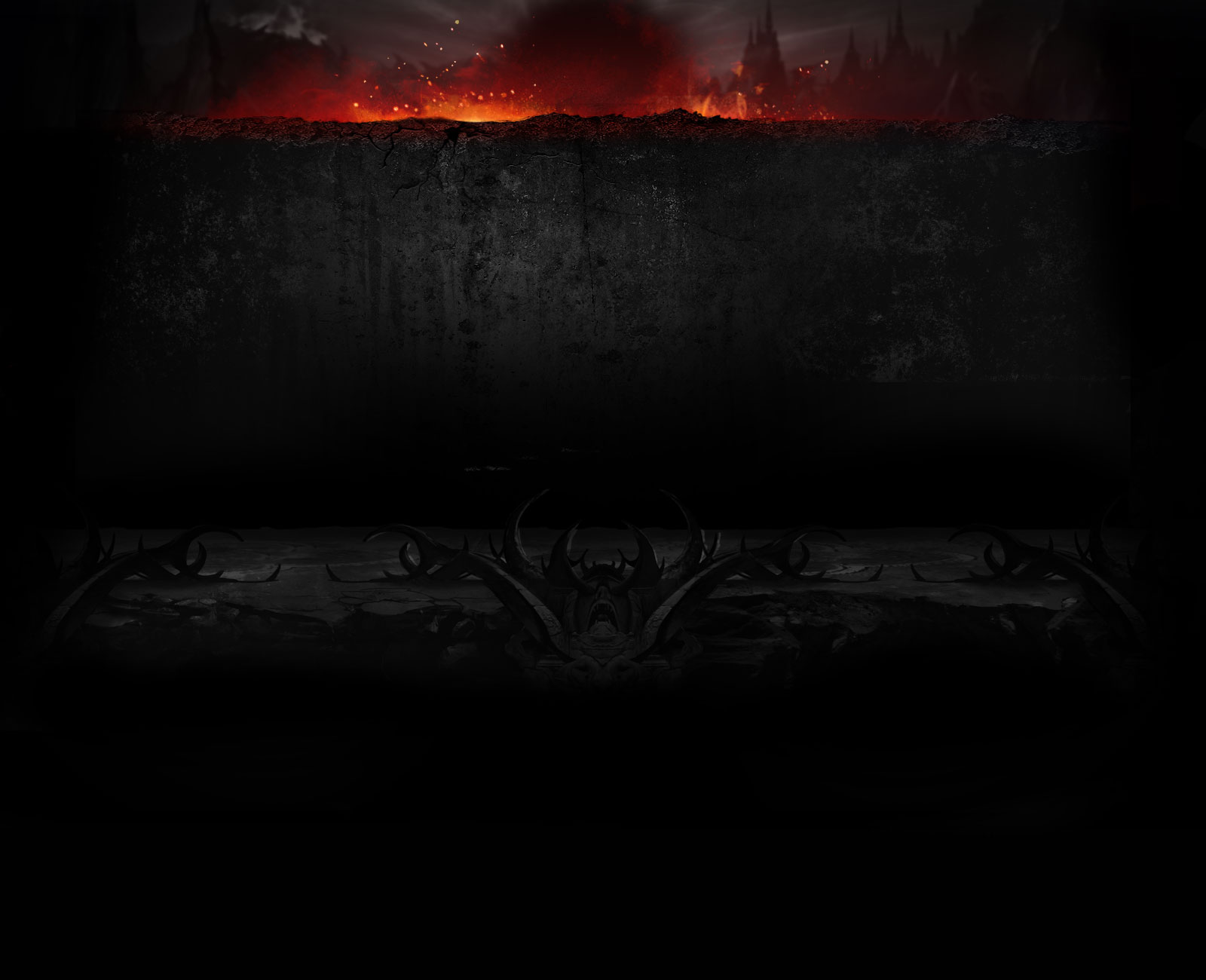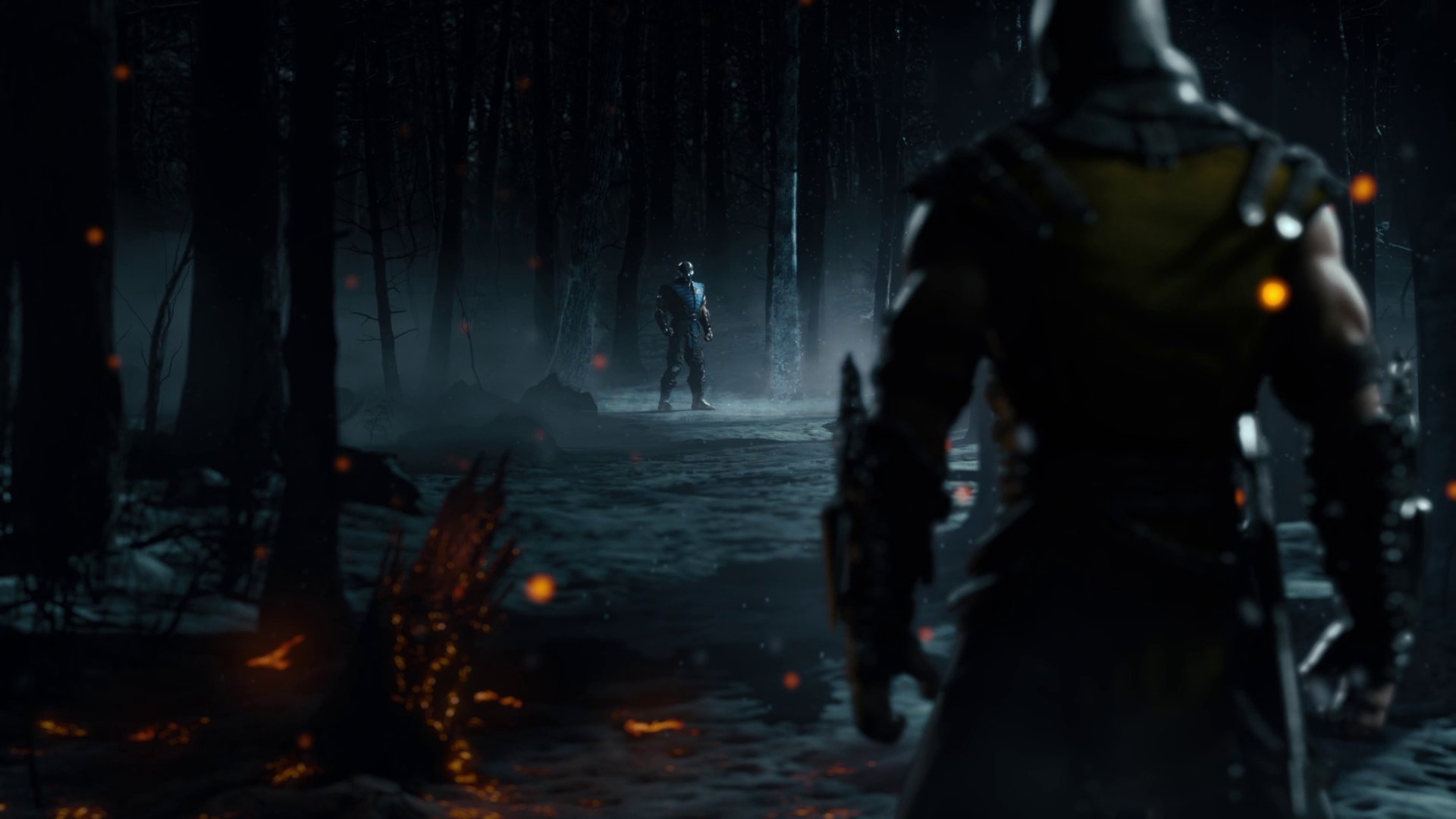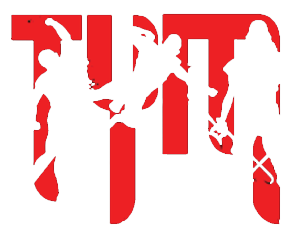I don't understand any of this at all- I think there's some grammar issues- or maybe something isn't explained right?
OK, so F3 is positive on block and leaves me open to Deathstroke's safe 50/50 against Lex, so that's definitely something I would like to backdash... but...
Why would I want to backdash after that last one? It's punishable. And he's negative after D1/B2,2 xx MB Sword Spin so why would I backdash that either? Hell, I can punish MB Sword Spin on block.
Now I'm even more confused. So this thread is about backdashing an overhead option after DS is + on block after an F3, it feels like the reason I'd do that is to avoid a mixup.
IF I can backdash a b22 followup after a blocked F3, but can't punish it and risk getting caught by a low-hitting option, how is this functionally any different than just blocking high? I'm still guessing high at the risk of getting hit low, I'm not able to punish something I would normally wouldn't be able to punish, I'm not getting any additional frame advantage than I would just blocking (he's negative on block after any overhead option other than F3).... Why the hell am I backdashing if it isn't of any more benefit to me than just blocking high?
**EDIT**
To be more specific about my situation, this thread says Lex can backdash the b22 option after a blocked F3, but can't punish it. Given my best punisher is a godlike 6 framer, if THAT can't punish it that means Deathstroke isn't at a relative frame advantage that is more than -6 after a succesful backdash. And b22 is -6 on block, so it really seems to me like Lex gains absolutely jack squat for backdashing in this situation as opposed to blocking the overhead option if I think he's going for it. It would be a different story if this also got me out of a d1- but apparently this isn't the case.
 #YEEEAAAPPP
#YEEEAAAPPP #YEEEAAAPPP
#YEEEAAAPPP








 He's on TYM as well!
He's on TYM as well!